Many thanks to SWLing Post contributor, Don (W7SSB), who shares the following photos of the new lab599 Discovery TX-500. Don notes that all of these photos were taken in Russia–where the TX-500 is manufactured–and include a number of Chameleon resonant field antennas.


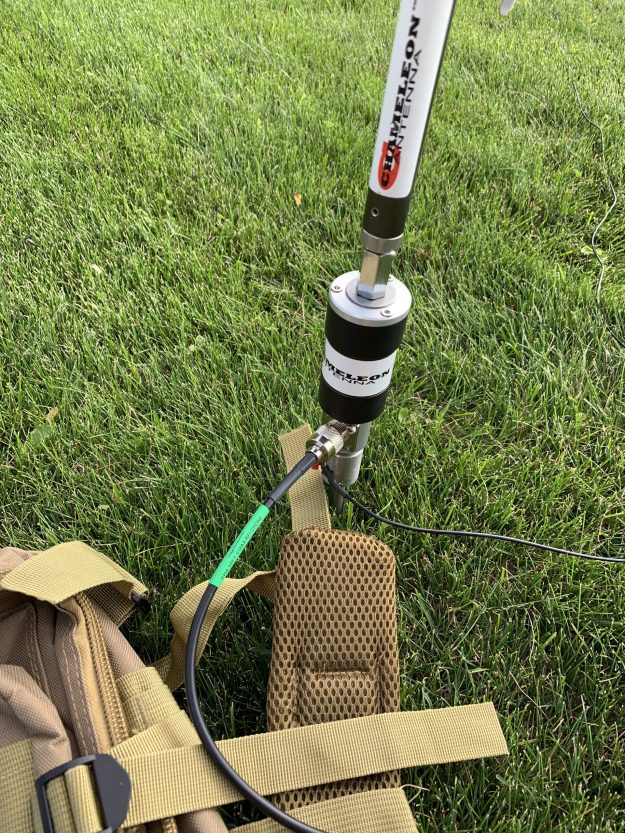
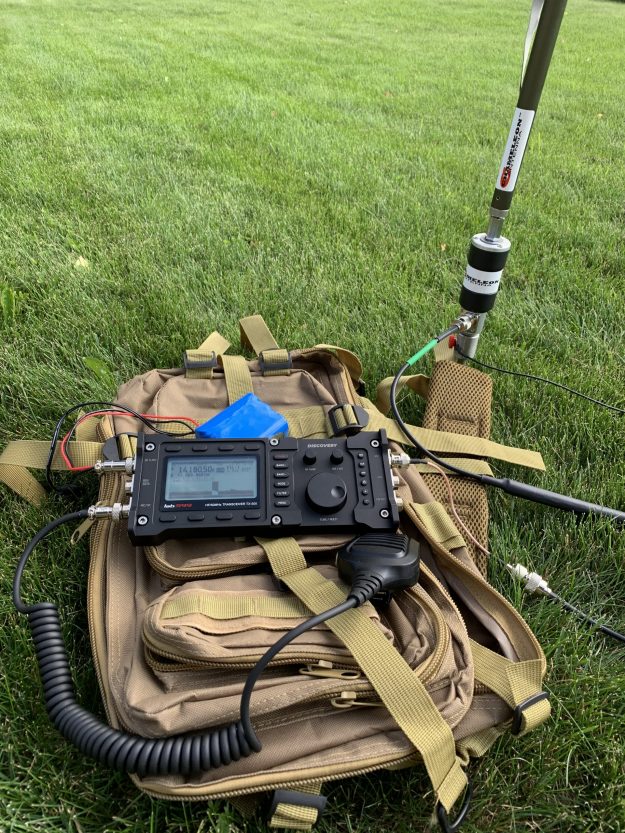
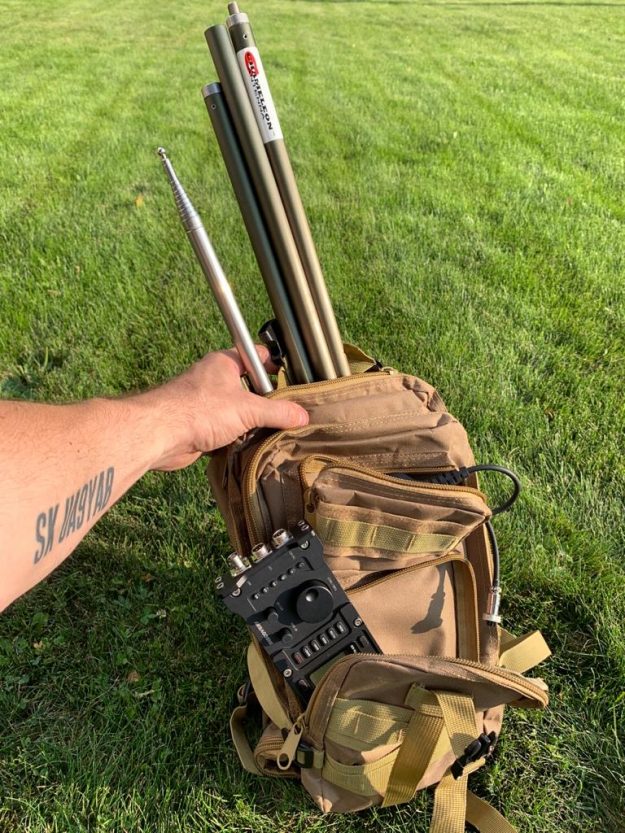
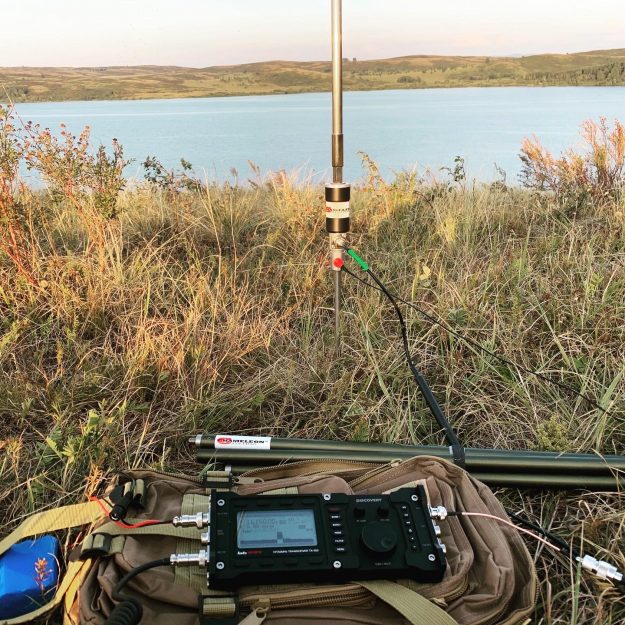 Thanks for sharing these, Don. The thin form-factor of the TX-500, paired with a resonant antenna, certainly makes for a lightweight portable field setup!
Thanks for sharing these, Don. The thin form-factor of the TX-500, paired with a resonant antenna, certainly makes for a lightweight portable field setup!

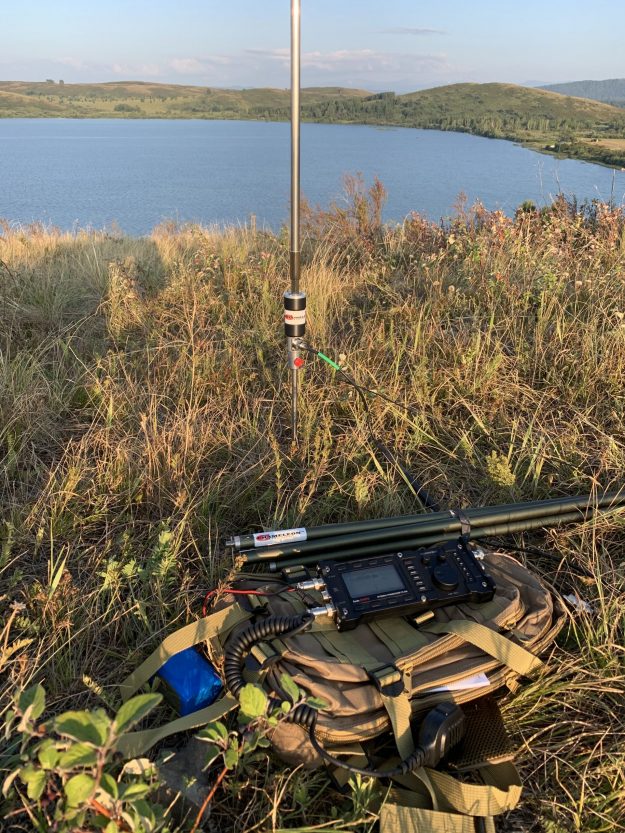
My Call is EI3IBB so 99% of my DX has been with the MPAS 2.0 on 20m SSB @100w with the FT-89 since the 24th May 2020 if anyone wants to check my QRZ page so I think it’s safe to say this antenna works really well at least on 20m. Over the next week I will try catch some DX on 40m but 20m was open to South America so I decided to keep on 20m. 40m works around Europe, I just didn’t get a chance to catch any DX on 40m yet. I’ve made some contacts to the U.K on 80m and I’ve not had much time to try other bands.
It’s really quick to set up and take down, I can do that now in 5 mins.
Overall I am extremely happy with the MPAS 2.0, It has greatly exceeded my expectations and it works so well that I have decided to leave it up all year on the front lawn connected to the FT-891 in the sitting room, I got NOALOX which will be essential for the joints on the Aluminium section of this antenna as Chameleon have stated in the manual which is also excellent. I intend to take it down to work Portable, I thought to myself if it works so well and was expensive so why not use it as much as I can ?
I haven’t used the wire antenna much except for some quick digital NVIS contacts and the wire antenna certainly improves NVIS on 80m. I just threw it up between some trees in some weird loop about 15 feet high max. I might soon get another hybrid Micro and an antenna switch so I can switch back and forth between vertical and the wire for the best of both worlds.
The FT-891 is a great match for this MPAS 2.0, very compact with an excellent and very quiet receiver and it sounds so much better than my 7300 that I just do not use this radio any more, the audio is harsh and for a base rig I ordered the TS-590SG which I hope is as quiet as the 891, I got to use it in a friends house and I was very impressed, the novelty of that fancy screen on the 7300 has well and truly worn off. The 891 is truly a very under rated hidden gem of a radio and I can connect a SDR to the built in panadapter on the 590SG so I can have the waterfall if I want only much larger.
I use the MFJ-939y with the MPAS 2.0 but in reality on several bands I won’t need a tuner. See my SWR readings below, remember this is with the CAP HAT which Chameleon say makes the MPAS more efficient + widens the bandwidth and the bandwidth is pretty flat except for the higher portion of 10m, so Chameleon seem to be correct, I haven’t taken SWR readings without the CAP HAT but from what I’ve seen on YouTube my SWR seems to be much lower than those who do not have the HAT.
I know this topic was about the Discovery TX-500 so sorry for rambling on about the MPAS but because it’s featured in this article and Brian asked a question about the MPAS I decided to share my experience with it.
Cheers.
Mark
160m 3.1
80m 2.6
40m 1.87
20m 1.4
17m 1.18
15m 1.4
12m 2.1
10m 1.9 -2.4 for the higher part
I’m curious as to what, if any, tuner was used with that Chameleon antenna. Chameleon states that a tuner is needed on most bands/frequencies when using that combo. It’s a great antenna system, but it’s one of those ‘resonant nowhere, but almost resonant everywhere’ setups that usually needs a tuner to get it below 2:1.